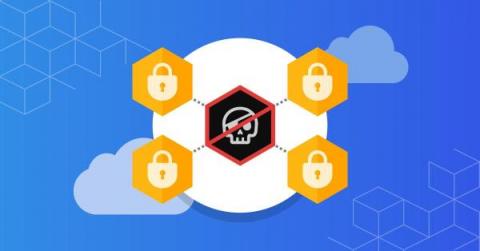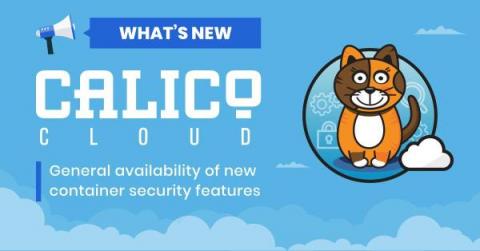Securing Windows workloads
Containers are a great way to package applications, with minimal libraries required. It guarantees that you will have the same deployment experience, regardless of where the containers are deployed. Container orchestration software pushes this further by preparing the necessary foundation to create containers at scale. Linux and Windows support containerized applications and can participate in a container orchestration solution.











